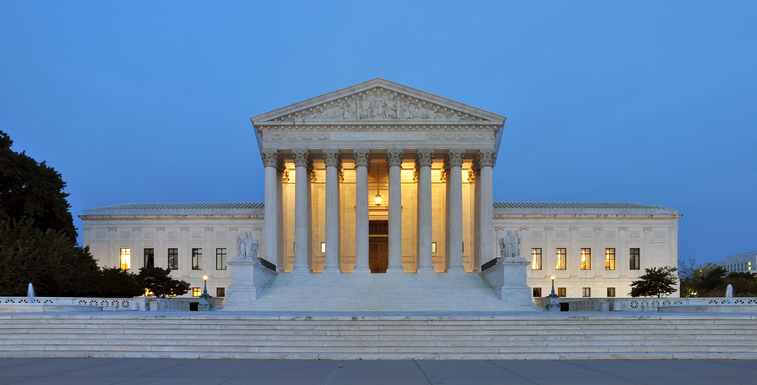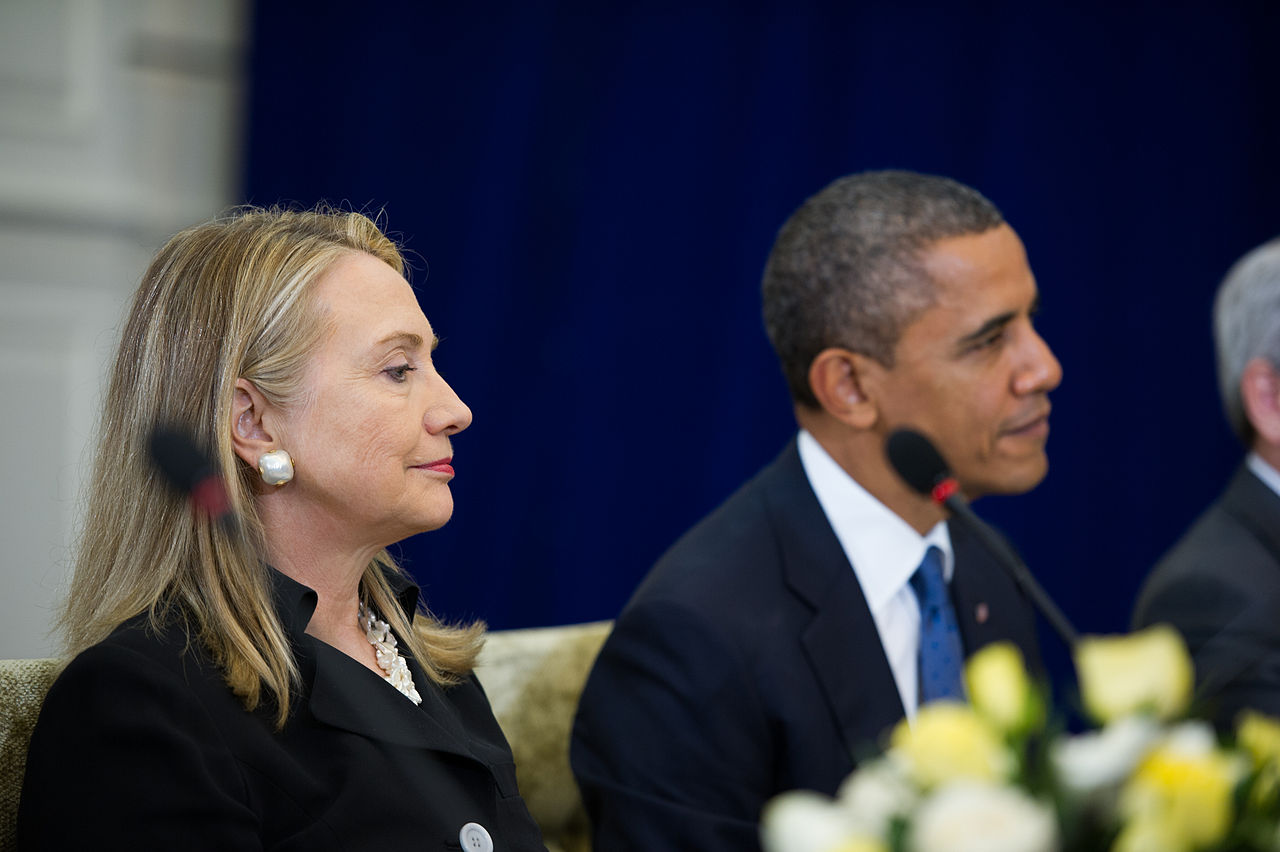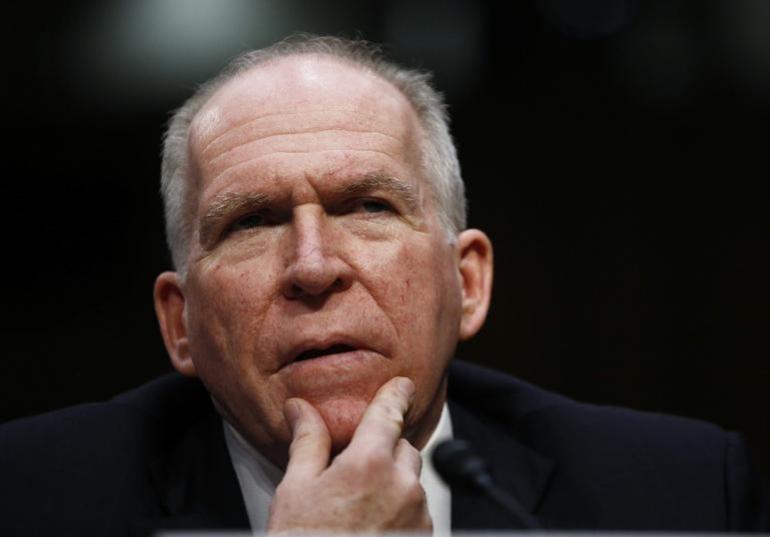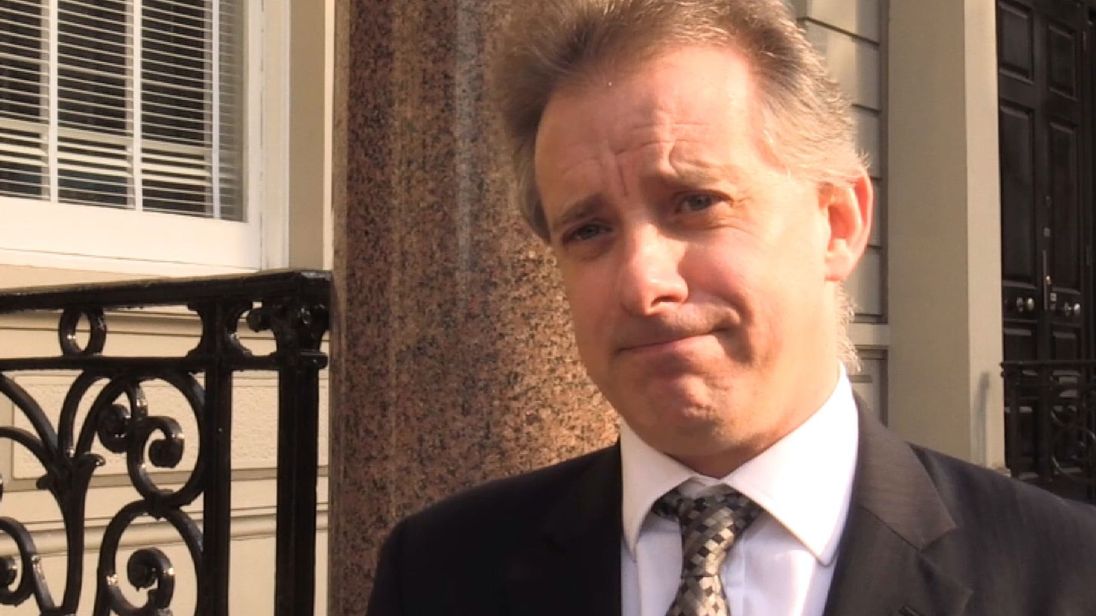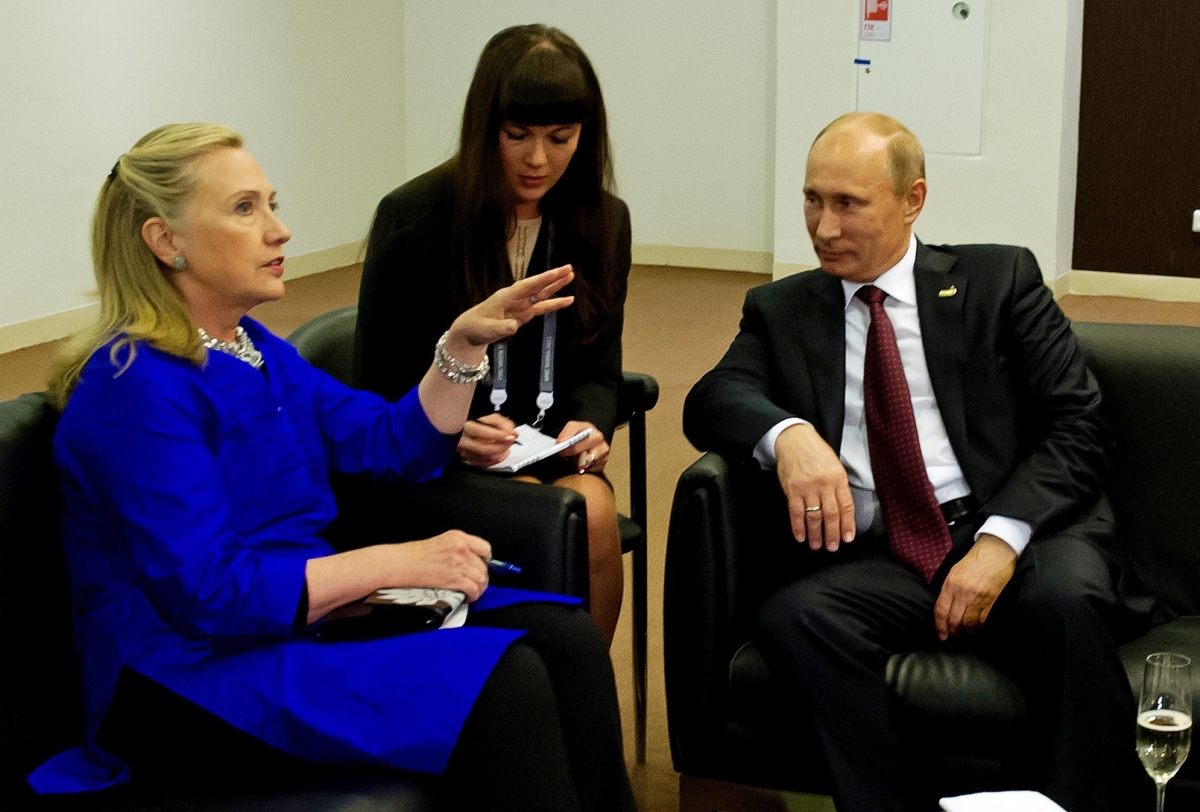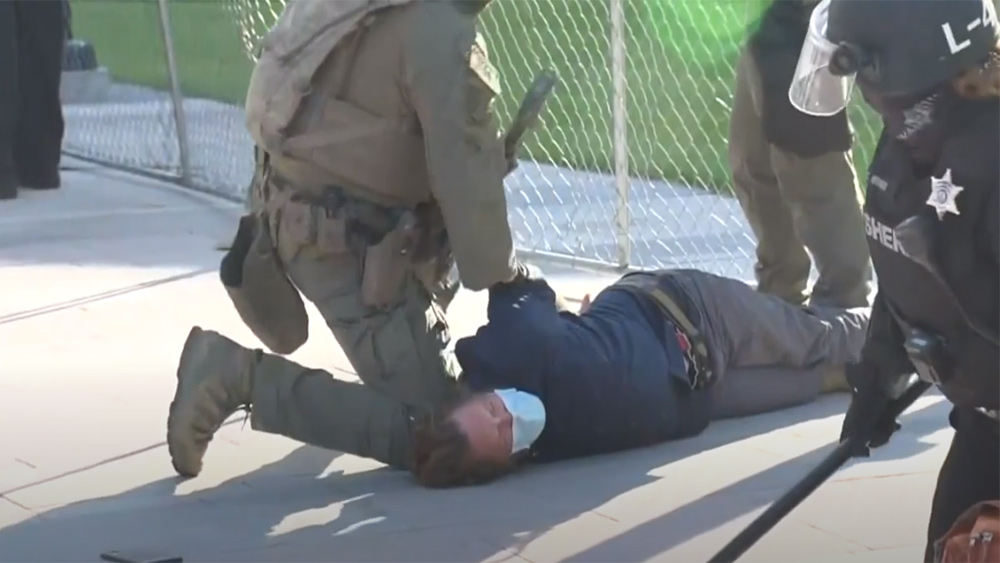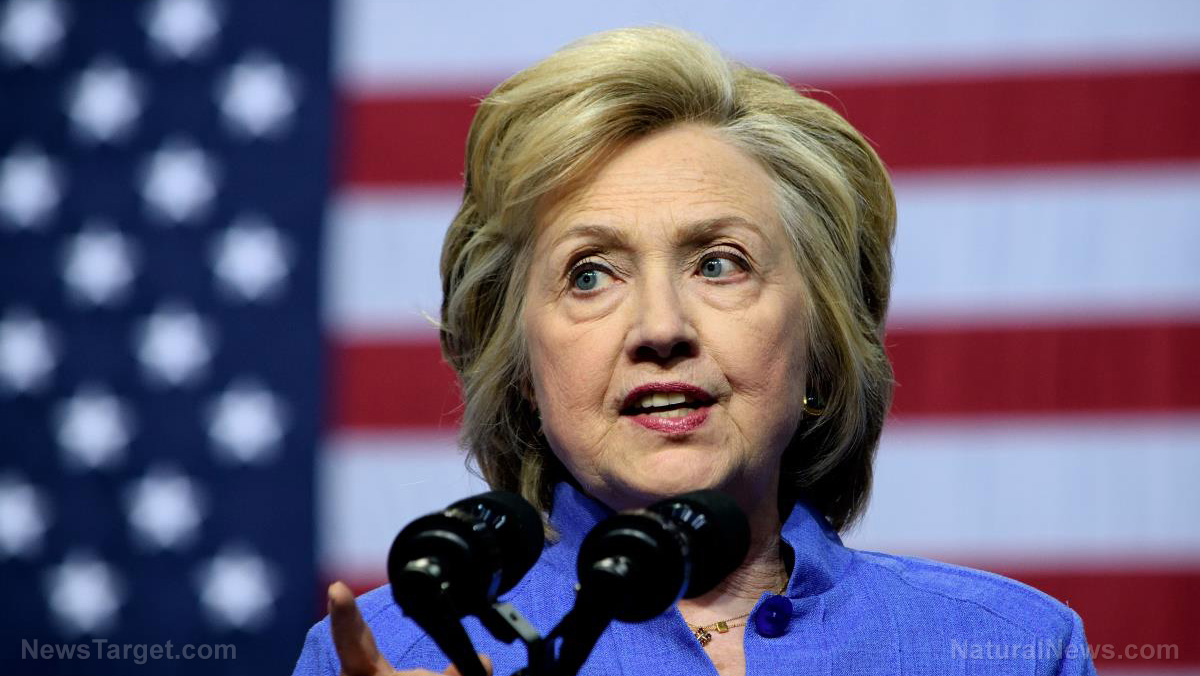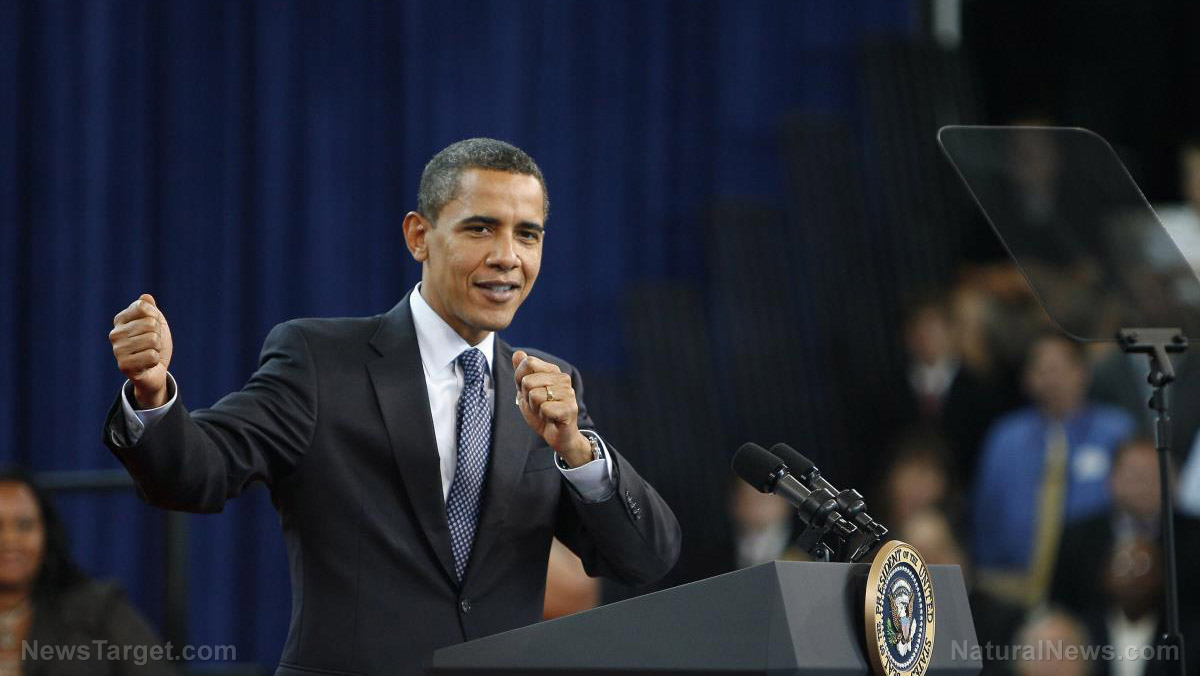FLASHBACK: Remember when The New York Times warned about the FBI staging false flag terror attacks in America?
10/13/2020 / By Ethan Huff
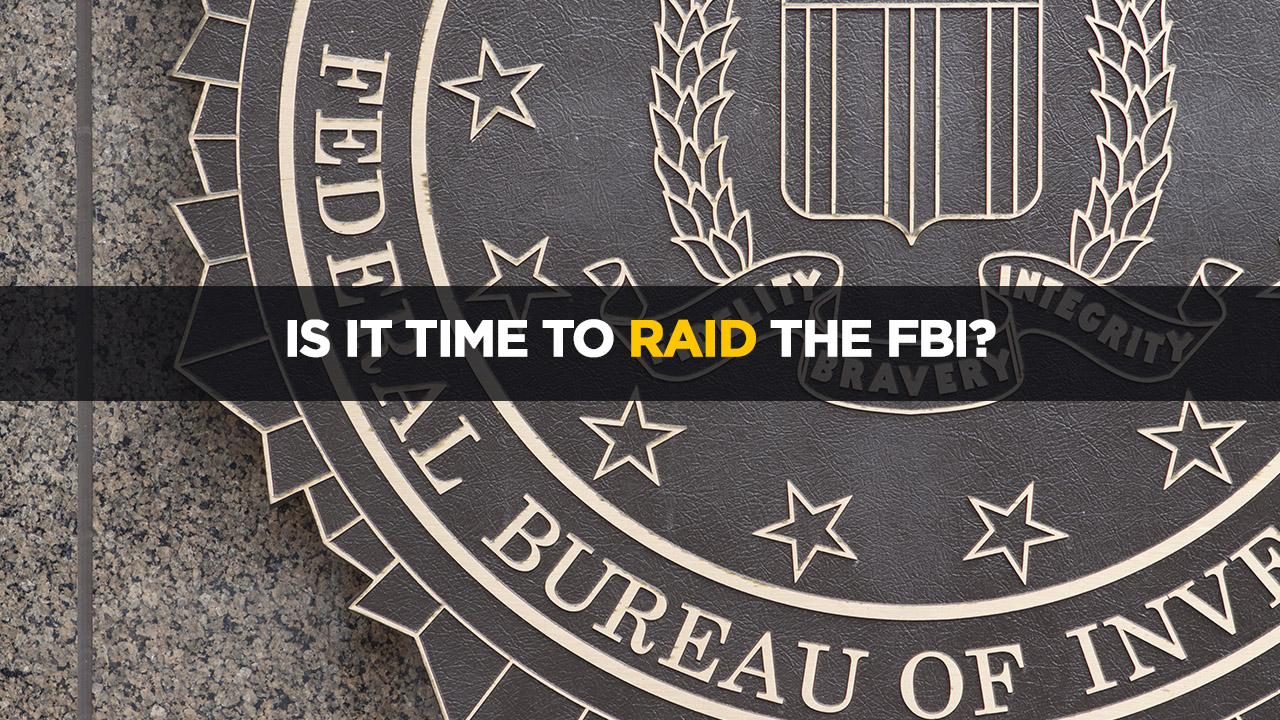
Back in 2012, The New York Times published an op-ed piece warning that the FBI is notorious for staging false flag terror attacks that it then thwarts in order to take credit for “stopping terrorism.” Now, that same New York Times is openly calling for terrorism – my, how things have changed.
Though it was branded as an “opinion” piece, David K. Shipler offered some powerful proof and revelations about the FBI that were likely foreign to the average reader at that time. Few would have ever even speculated that perhaps the FBI was foiling its own fake terror plots in a bid to try to prove its relevance and necessity as a federal agency.
“The United States has been narrowly saved from lethal terrorist plots in recent years – or so it has seemed,” Shipler wrote. “A would-be suicide bomber was intercepted on his way to the Capitol; a scheme to bomb synagogues and shoot Stinger missiles at military aircraft was developed by men in Newburgh, N.Y.; and a fanciful idea to fly explosive-laden model planes into the Pentagon and the Capitol was hatched in Massachusetts.”
“But all these dramas were facilitated by the FBI, whose undercover agents and informers posed as terrorists offering a dummy missile, fake C-4 explosives, a disarmed suicide vest and rudimentary training,” he added. “Suspects naïvely played their parts until they were arrested.”
Over the years, we too have reported on the FBI stopping its own contrived terror plots, which create the illusion of a threat that does not even exist – except from the government, of course.
FBI uses your tax dollars to entrap fake terrorists and make itself look good
At the same time, the FBI has routinely engaged in cover-ups of real crimes, such as those committed by failed presidential candidate Hillary Clinton and her many political associates. FBI Special Agent John Robertson says he was told by top leadership at the agency not to investigate the contents of Anthony Weiner’s laptop, for instance, which more than likely implicates many on the left of serious crimes, including those against children.
What this all suggests is that the FBI manufactures crime to boost its own image, all the while ignoring real crime when it implicates one of its own, or someone closely connected to the agency. The corruption runs deep, in other words.
Since the FBI appears to have been hiring – meaning paying – fake terrorist lackeys to commit fake crimes, the federal agency has been engaging in a type of entrapment program whereby otherwise innocent people, albeit not very bright ones, are risking their entire futures for a little government cash.
Even long after Shipler’s op-ed was published by the Times, the FBI was caught “halting terror plots dreamed up by the FBI,” as one report put it. This is just how the agency works, apparently.
“This is legal, but is it legitimate?” Shipler asked. “Without the FBI, would the culprits commit violence on their own? Is cultivating potential terrorists the best use of manpower designed to find the real ones? Judging by their official answers, the FBI and the Justice Department are sure of themselves – too sure, perhaps.”
While the FBI’s “[c]arefully orchestrated sting operations,” as Shipler calls them, might hold up in court, the defendants in the case – the fake terrorists hired by the FBI, just to be clear – almost always lose their cases. This means the FBI always wins, and always at the expense of its victims. Is this really the best use of American taxpayer dollars?
More related news about the FBI can be found at Corruption.news.
Sources for this article include:
Tagged Under: conspiracy, corruption, counterterrorism, deep state, entrapment, fake terrorists, faked, false-flag, FBI, hoax, lies, terrorism
RECENT NEWS & ARTICLES
COPYRIGHT © 2018 TRAITORS.NEWS
All content posted on this site is protected under Free Speech. Traitors.news is not responsible for content written by contributing authors. The information on this site is provided for educational and entertainment purposes only. It is not intended as a substitute for professional advice of any kind. Traitors.news assumes no responsibility for the use or misuse of this material. All trademarks, registered trademarks and service marks mentioned on this site are the property of their respective owners.

